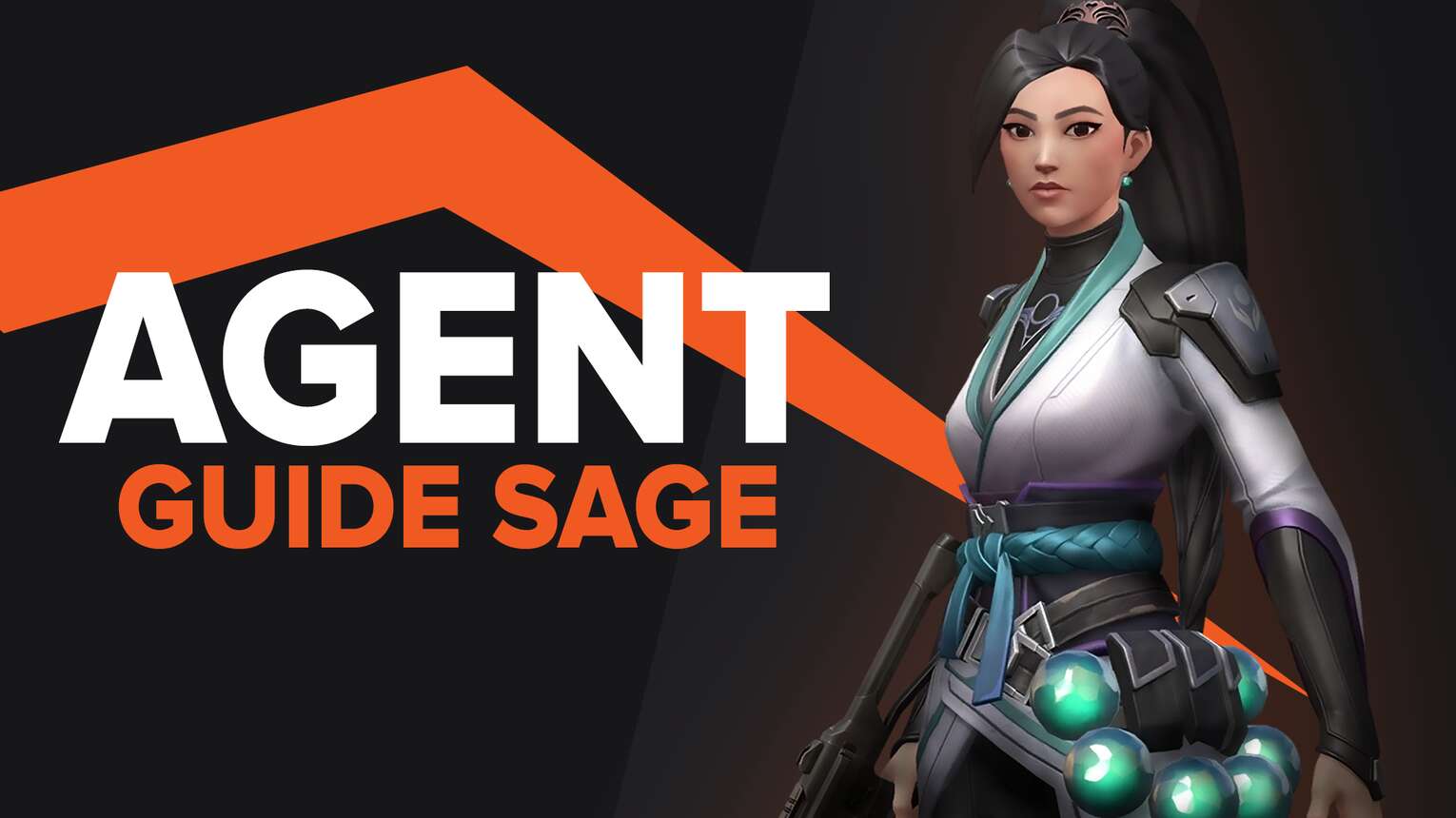
Everything you need to know about Sage
Sage is an orb goddess and is a very supportive character. With no damaging abilities, she sometimes struggles to play aggressively- luckily that isn’t her role! If you are playing Sage, you are playing for the team, with your Healing Orb (E) and Resurrection (X).
Is Sage right for you?
We ranked Sage as the easiest agent in Valorant and she is ideal for beginners trying to pick up the game or trying to find an agent to reliably climb with. She is very good at lower levels, especially with her Barrier Orb (C). If you want a simple agent that will help you play slower and safer, Sage is for you!
Sage’s abilities
Barrier Orb (C)
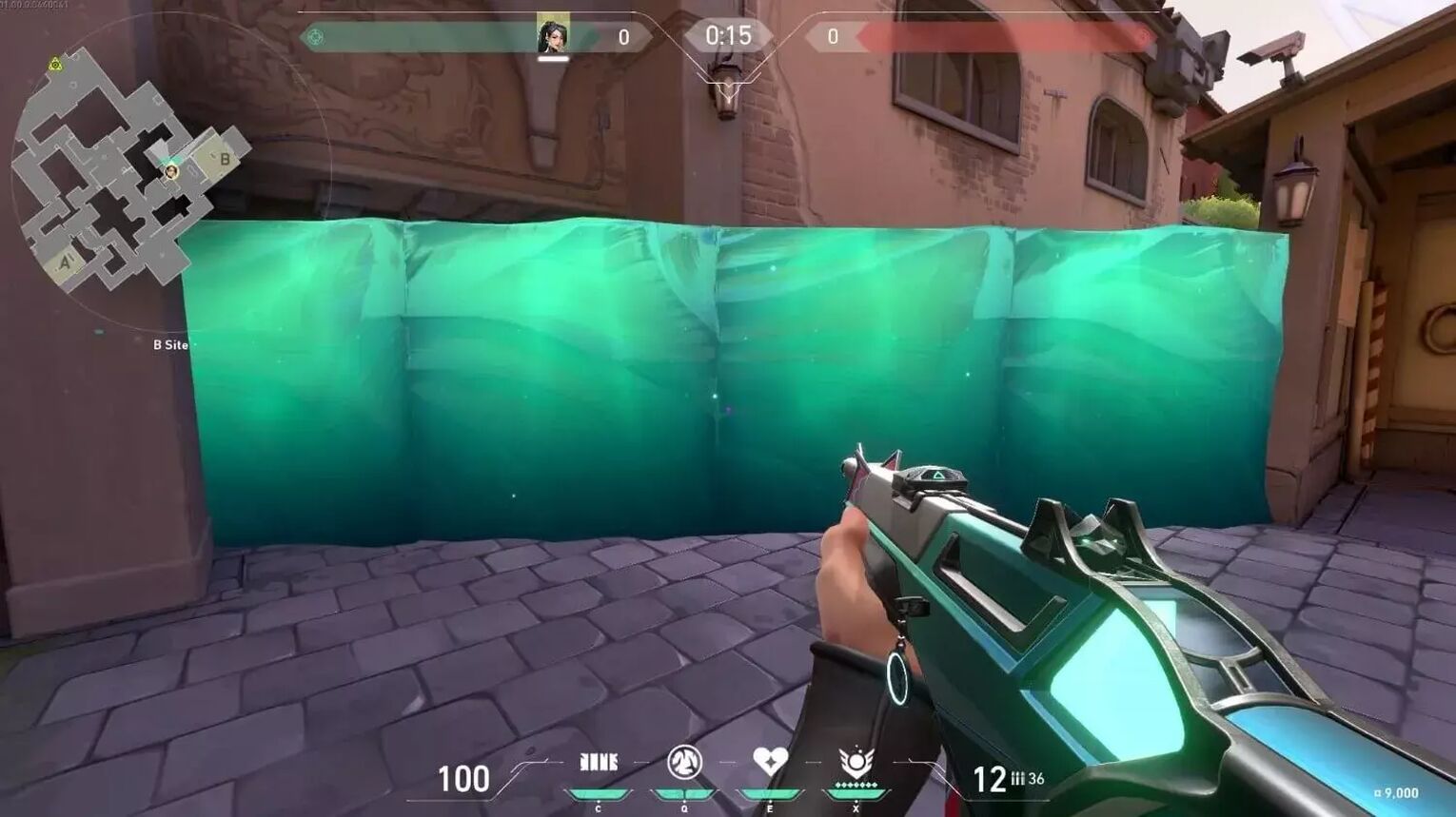
How to use Barrier Orb (C)
Barrier Orb (C) allows Sage to rotate a wall to whatever angle and position she wants and place it- usually blocking off an area of the map or boosting allies. The wall can be destroyed with heavy gunfire or melee hits, and is in four sections.
It only has one charge per round and costs 400 credits, so make sure you use it right!
When and where to use Barrier Orb (C)
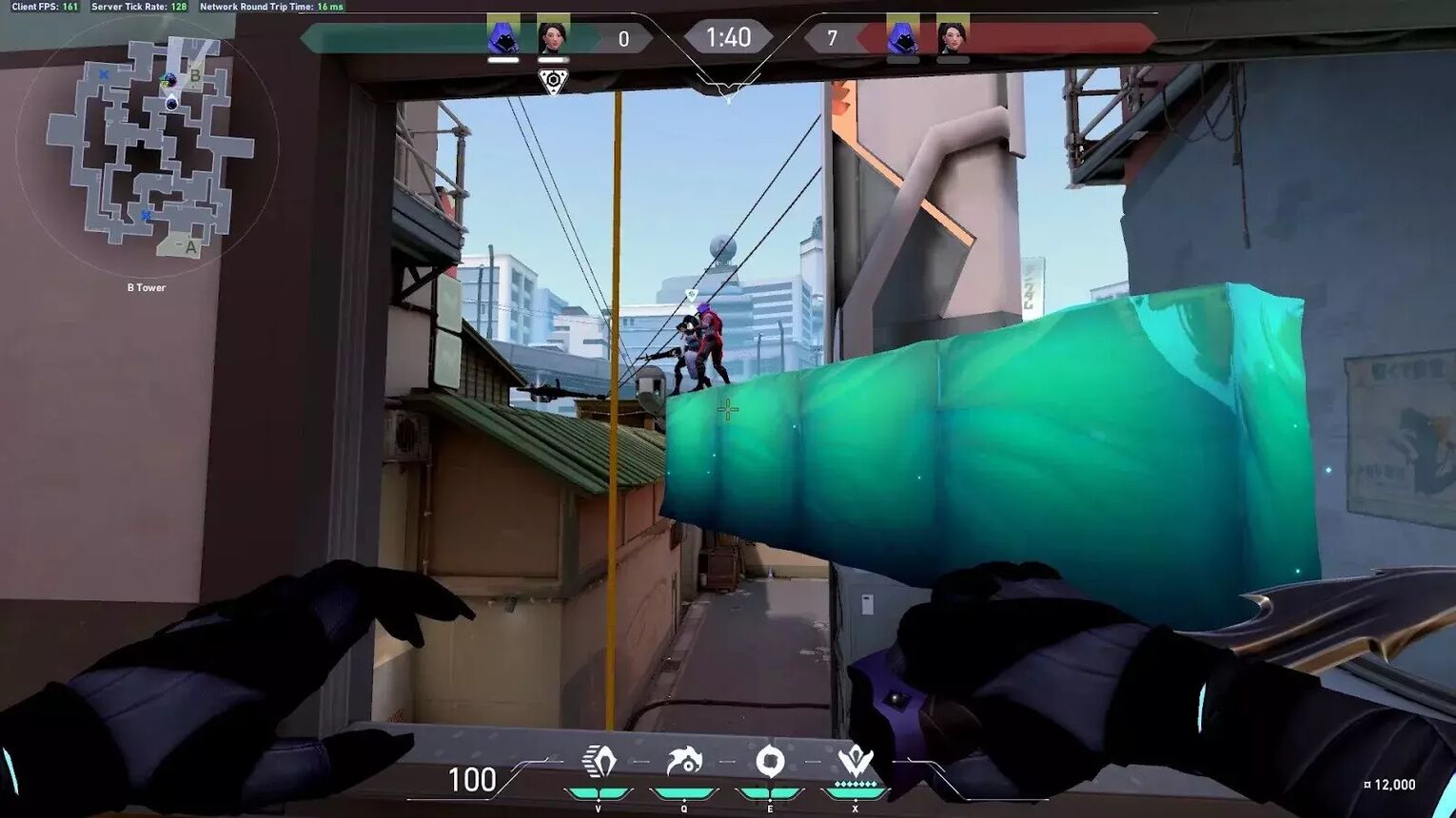
The best and most obvious way to use Barrier Orb (C) is to block entryways and chokepoints that the enemies may push through on defence or to block off a certain angle if playing on attack that an enemy might be holding.
Allies can also be boosted up to higher off-angles to get unique peeks on enemies. This is best utilised with more mobility-based agents, such as Jett, Omen or Raze.
Slow Orb (Q)
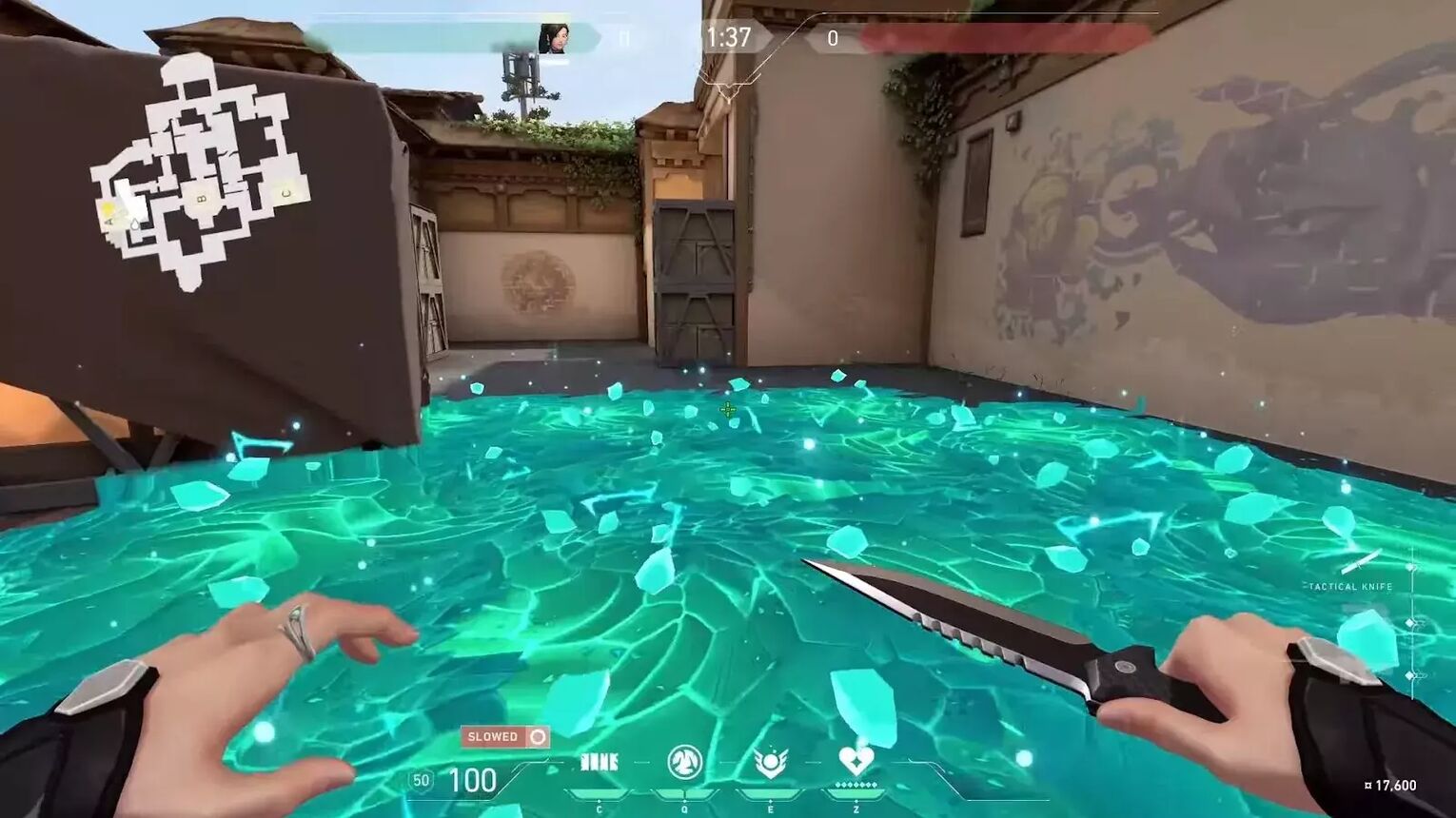
How to use Slow Orb (Q)
Sage throws an exploding ice orb which creates an area of effect slowing zone which slows movement of all agents by 50% and lasts 7 seconds. The Orb will only explode when hitting the ground, so try and get perfect angles by firing it against a wall!
Slow Orb (Q) costs 200 credits and has two charges a round.
When and where to use Slow Orb (Q)
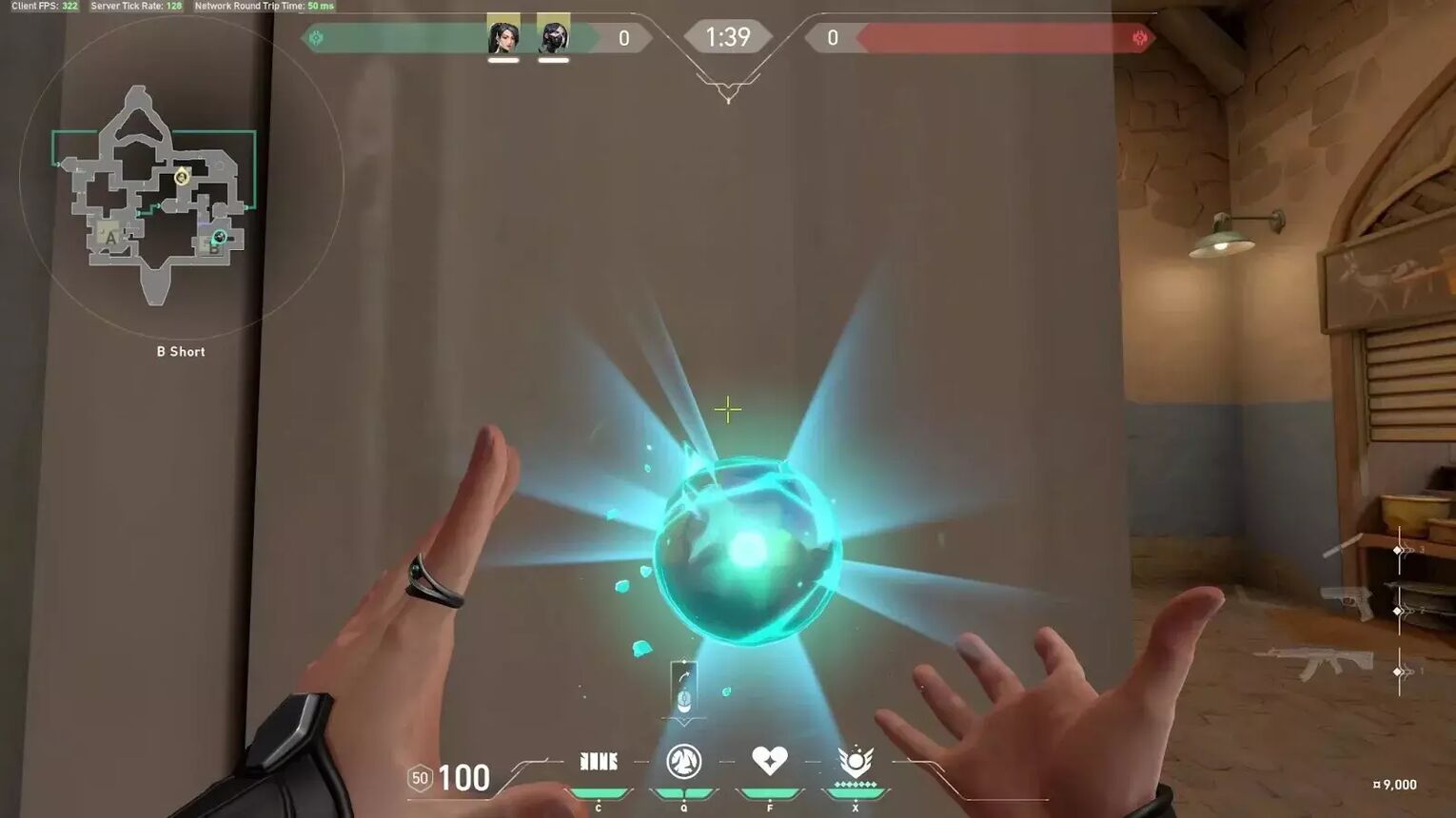
Use slow orb (Q) to stop an enemy push, after indications of whatever spike site they are coming to. You can easily waste a Slow Orb (Q)- it only lasts for 7 seconds so most enemies wait it out!
The Slow Orb (Q) has a large throwing range, meaning Sage can play safe at the back of the spike site defending or watching the flank when attacking.
Healing Orb (E)
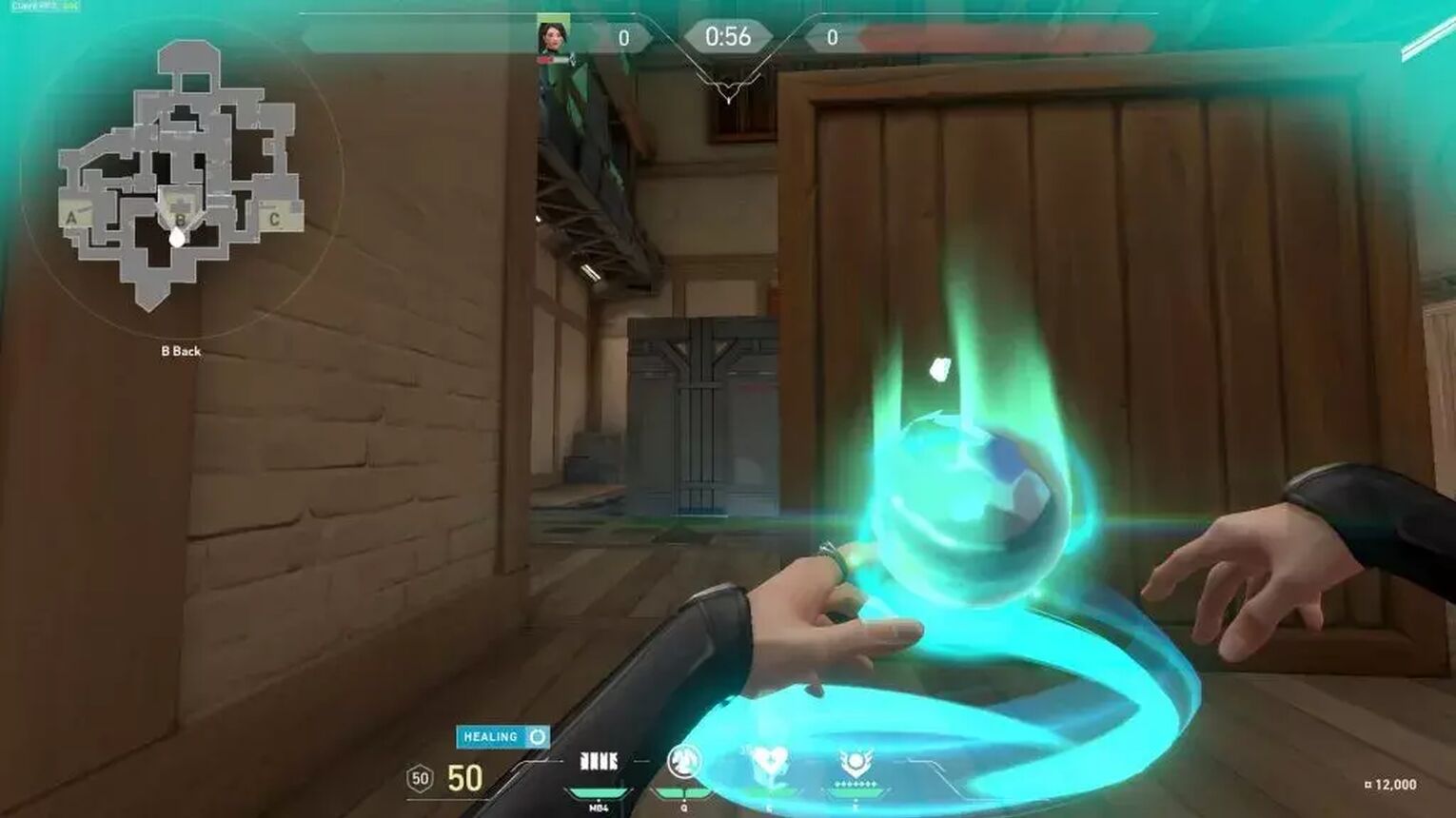
How to use Healing Orb (E)
Healing Orb (E) is crucial for Sage and one of the main reasons she is picked a lot at lower levels. It is very beginner friendly and allows players to make mistakes and minimise their punishment for it.
Healing Orb (E) can heal an ally or Sage to full health over 5 seconds for allies and 10 seconds for Sage. Healing Orb (E) is free but has a 45 second cooldown.
When and where to use Healing Orb (E)
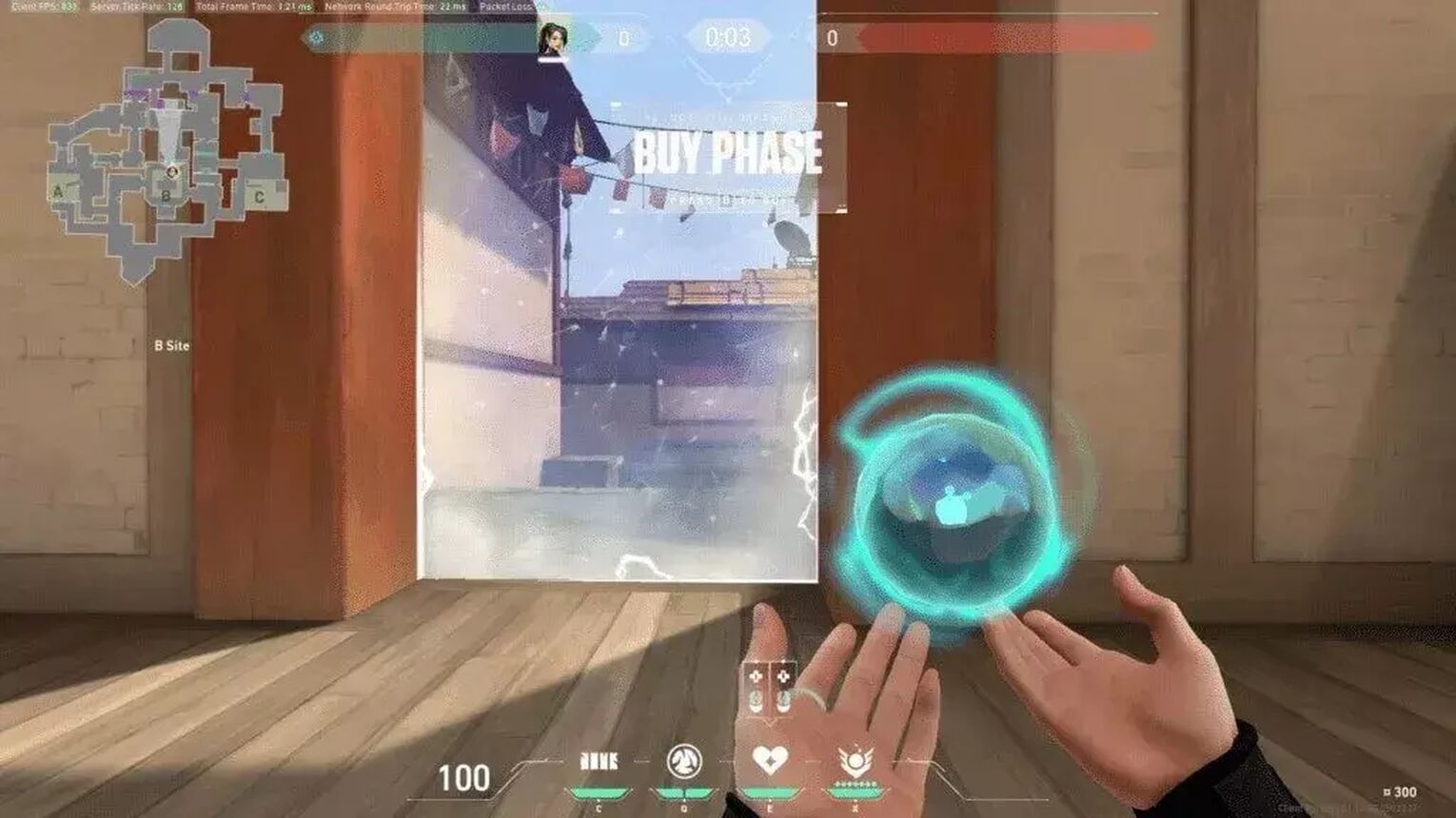
Using Healing Orb (E) is good for when Sage’s allies or Sage has taken damage. It is also crucial for winning 1v1s. When playing Sage in a 1v1, take a second to heal- it will give you a massive advantage in the fight!
You need to have line of sight to heal an ally, so don’t hold site by yourself if your allies are on the other side of the map! This is also the same case if you are attacking, do not rush B if your allies are all pushing A as you will not be able to heal them.
Resurrection (X)
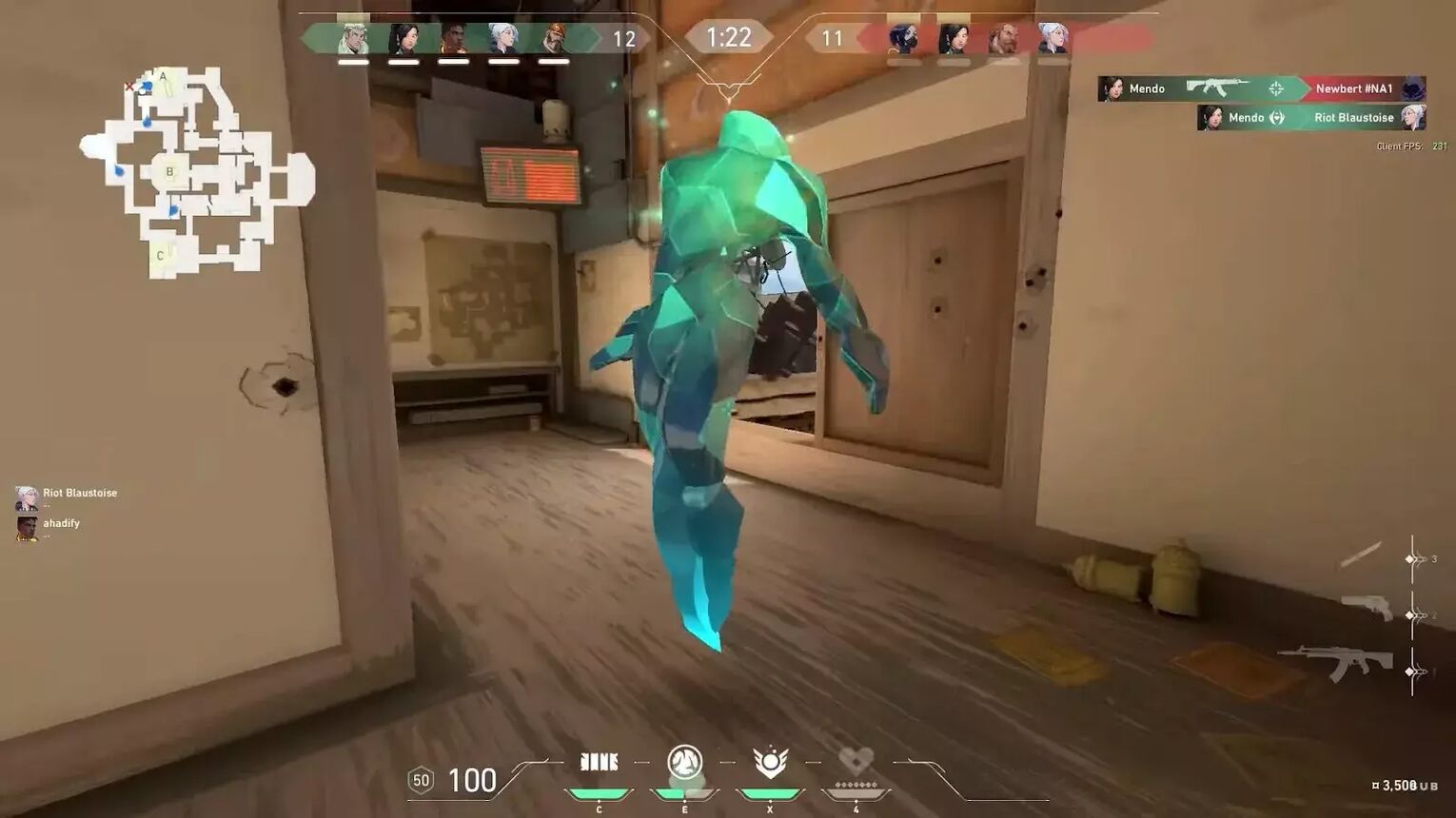
How to use Resurrection (X)
Resurrection (X) can be a round changer. If one of your allies dies you can revive them back to 100hp. This is crucial if you have traded a kill so you can get a numbers advantage.
Allies who are being revived can be killed before they are able to move again- make sure you use Resurrection (X) behind cover!
The ability costs 8 ultimate points so is expensive but always useful and can be used every round.
We recommend trying to get as many ultimate point orbs as possible to maximise usage of Resurrection (X)!
When and where to use Resurrection (X)
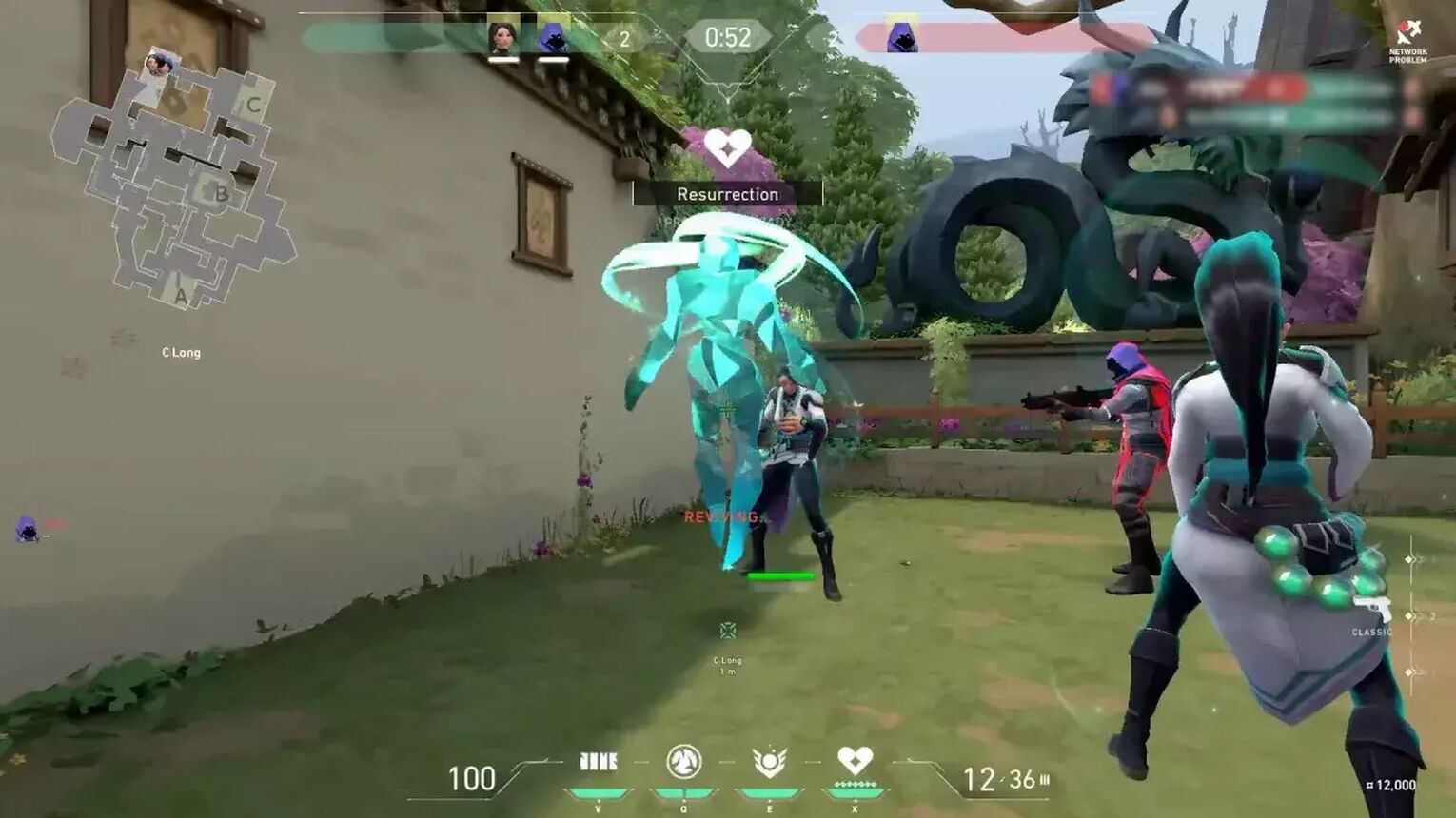
Due to Resurrection (X) leaving Sage and the reviving ally vulnerable whilst casting and for a few seconds afterwards, we recommend using Barrier Orb (C) to shield both of you from enemy fire!
Use Resurrection (X) as a backup, sometimes they may dive in too deep for you to be able to get to them and revive them!
Best and worst team compositions for Sage
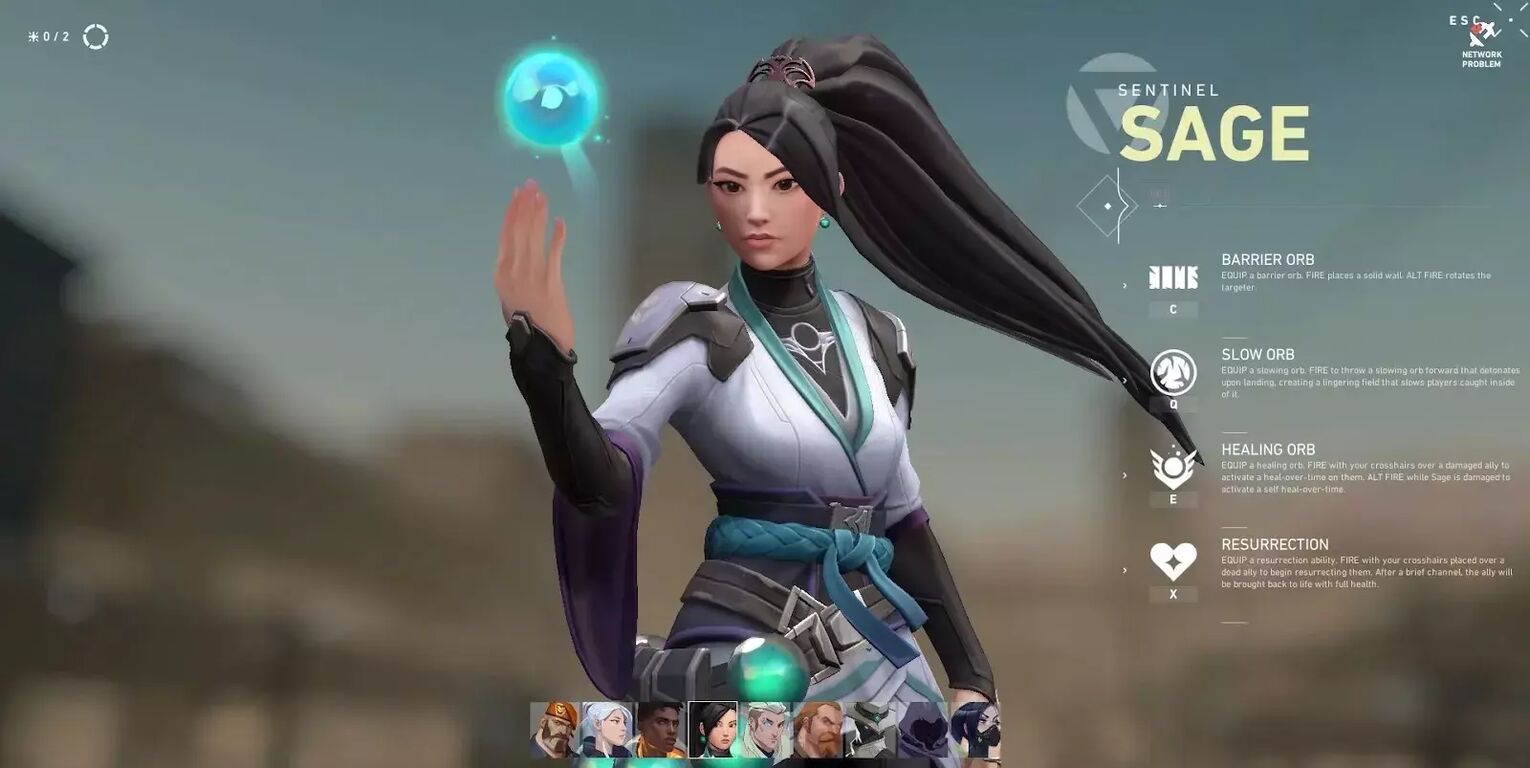
The best team compositions for Sage
The best Sage team compositions should consist of one of each class of agent and then one flex pick. Sage is often picked as this flex pick. A good draft could go like this:
Consisting of two duelists - Jett and Reyna who can entry and distract enemies when pushing onto site, one initiator in Sova to gather information and controller Viper to smoke and wall off enemies who the Sova has scouted out.
Sage’s role is to wall off enemies as a sentinel that Sova spots. She can also revive the very aggressive duelists in Jett and Reyna.
The worst team compositions for Sage
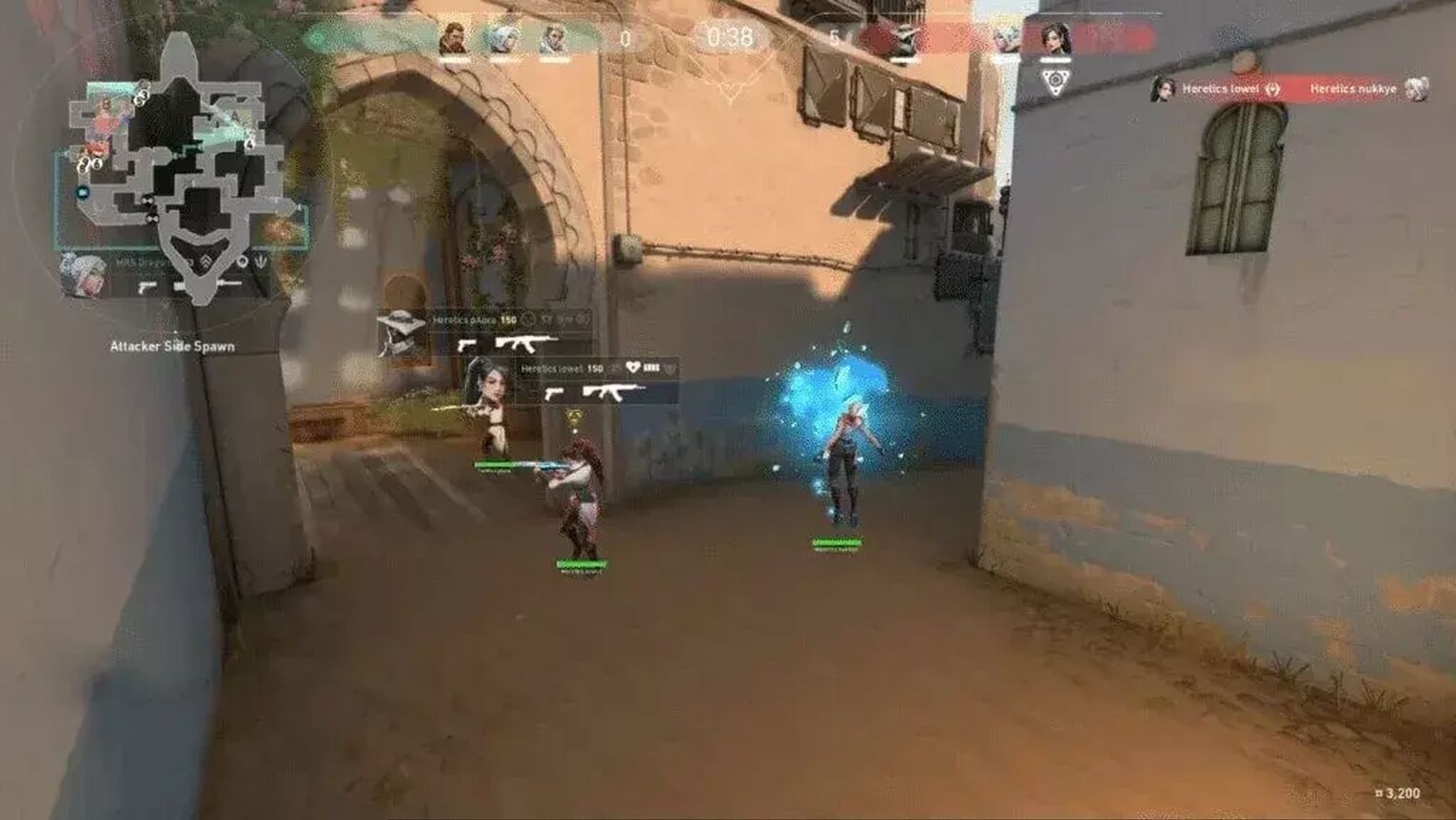
The worst team composition for Sage is a very linear one. As Sage can fill multiple roles on the team to a decent degree, she needs agents that can do what she can’t- it could go like this:
This team composition has no smokes or controllers- one of the main things that Sage cannot do. She is good at being a secondary duelist as the more kills she gets, the more times she can use Resurrection (X). Sage can lock down sites and push- just not as well as a controller can.
The Best and worst maps for Sage
The best map for Sage

The best map for Sage is Icebox. There are so many strategies Sage can use on Icebox due to it being close quarters. This means her Barrier Orb (C) can be used almost anywhere with good effect.
A prime example when defending is to use it to block entrance through A site just by A Pipes meaning enemies have to push along the zipwire, destroy the wall or along A pipes to push through A site.
You can also place the Barrier Orb (C) in B Tube, stopping enemies from pushing up the tube and getting a hold of B Kitchen.
When Attacking Sage can plant on B site and wall it off near the Attacker side of B site, meaning defenders have to push round the wall to defuse.
The worst map for Sage
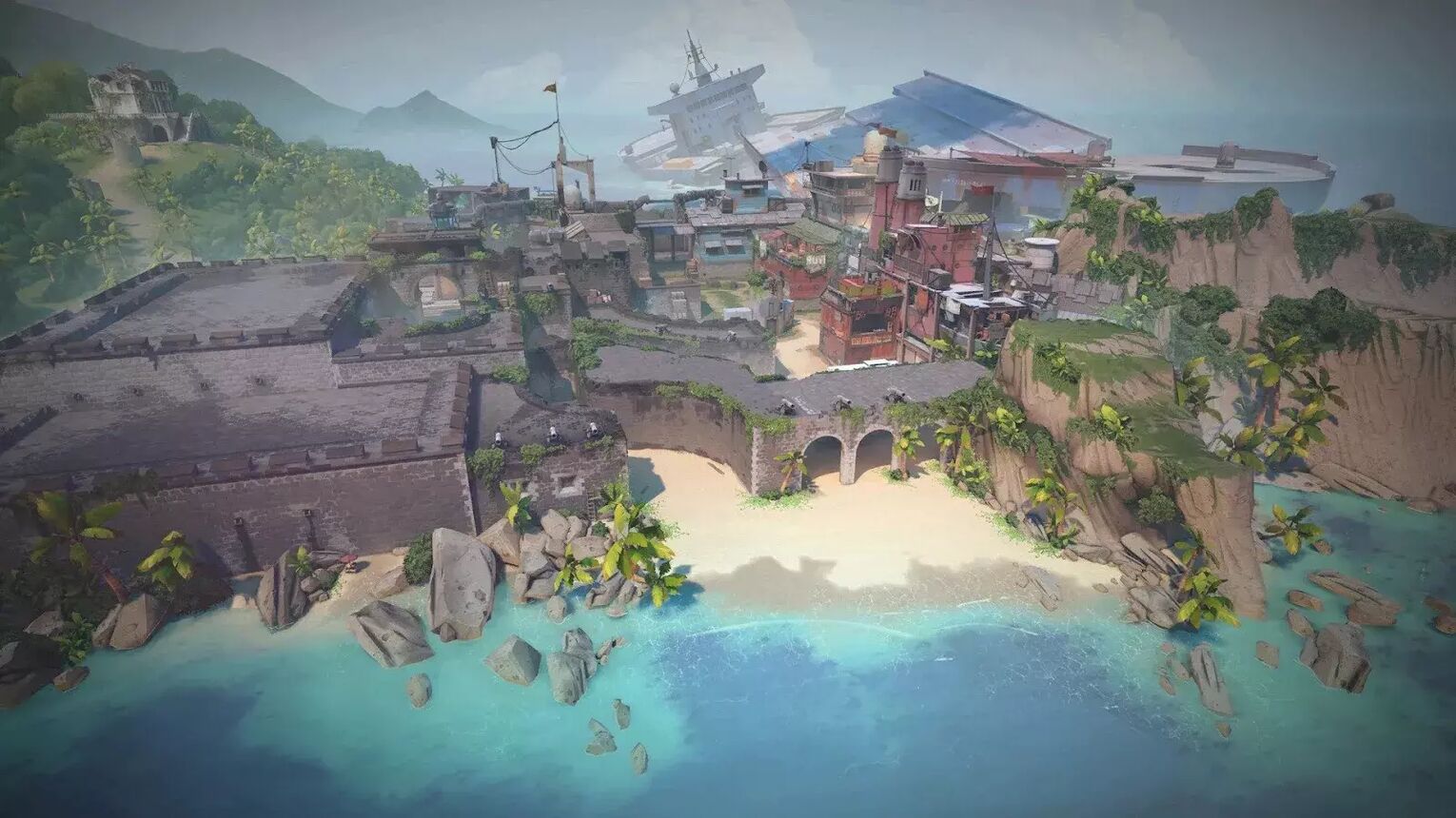
Sage’s worst map is Breeze. Sage has no maps where she is a ‘throw’ or ‘troll’ pick due to her power coming from her Healing Orb (E) and her Resurrection (X) but the map she is least effective on is Breeze.
The map limits Sage’s power as the map is very open- meaning she gets minimal usage out of her Barrier Orb (C) and her Healing Orb (E). Mid doors are a good place to use these abilities but on both sites there are not too many places.
Best and worst guns for Sage
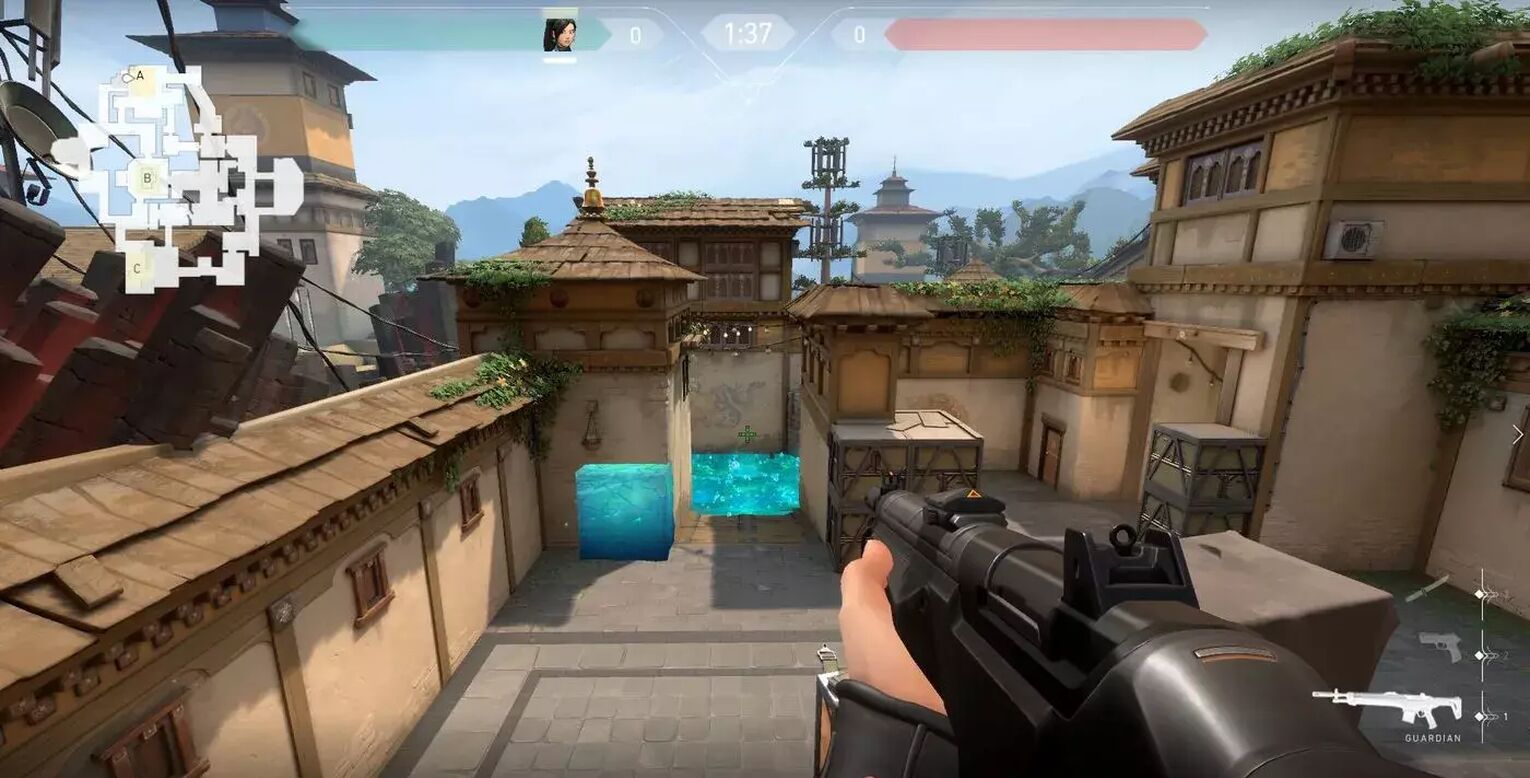
The best guns to use when playing Sage
Sage needs to be fairly near her allies and the action to use her kit to full effect so the guns Sage should be using should be mid-range weapons. The best guns to use when playing Sage go like this:
The Vandal and Phantom are the best assault rifles in Valorant with choosing between the two being personal preference.
The Spectre is very good at close range if you are playing just behind your duelists, meaning you can heal them easily.
The Bulldog is underrated when playing Sage as she can use it well when sitting just behind her duelists as well as when playing back.
The Classic is not a gun you should always use, however it is what you should use on pistol rounds. This is so you can afford to buy your Barrier Orb (C) and either light shields or two casts of your Slow Orb (Q).
The worst guns to use when playing Sage
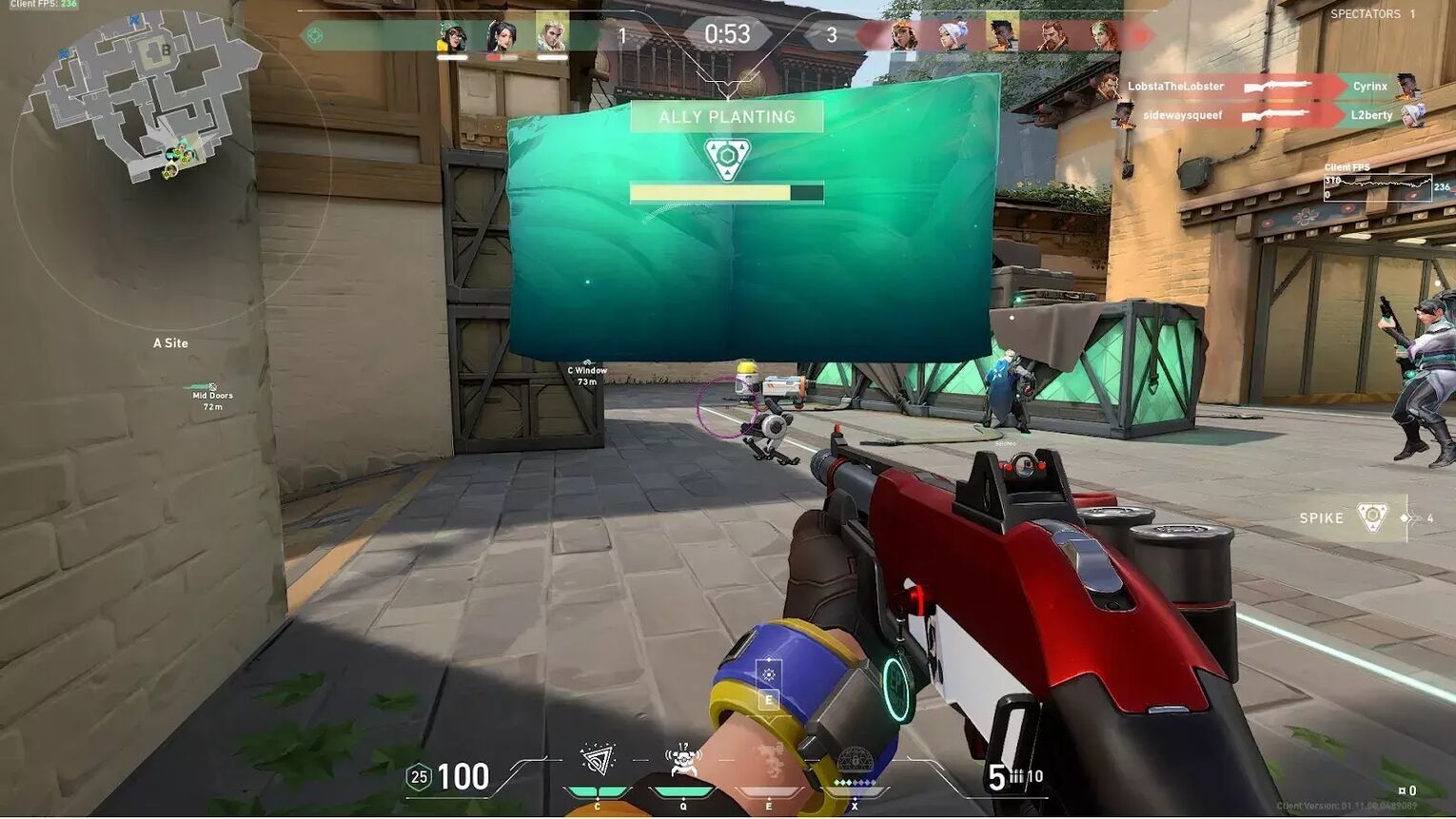
Sage does not want to use guns that force her to play up close and personal. This means that she won’t have time to use her Healing Orb (E)- The worst guns for Sage go as follows:
The Bucky does not have the fire speed or the range to be sustainable when sitting behind your duelists- or in 1v1s. The Frenzy isn’t worth buying if you can half buy as Sage needs the range to hold angles she creates with her Barrier Orb (C).
The Stinger is never worth a purchase as it doesn’t provide enough damage. The Judge is somewhat viable, but only on attack- unless you cheese with your wall- most other viable weapons Sage uses can be used on attack and defence.
Defending Tips for Sage
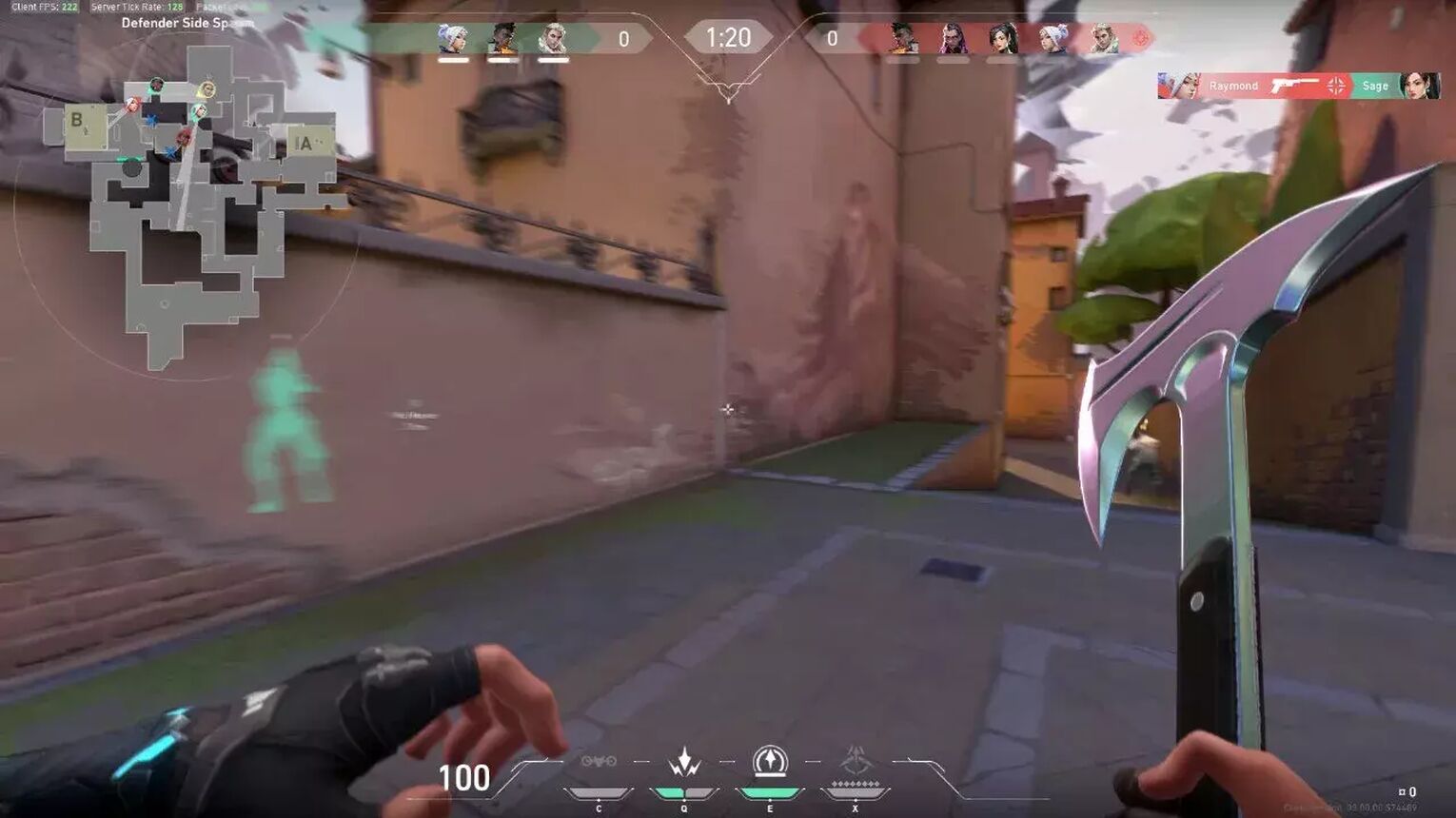
- Barrier Orb (C) is sometimes worth sacrificing weapons for. This means that the use you will get out of your wall is better than having a Vandal/Phantom over a Spectre or a Guardian. This is also true on pistol rounds, where you should be buying Barrier Orb (C) over a pistol.
- Make sure your wall is either blocking enemy pushes or helping you and your allies get a pick early in the round. There are a lot of angles on most maps where you can peek mid and get a kill on an aggressive enemy.
Attacking Tips for Sage
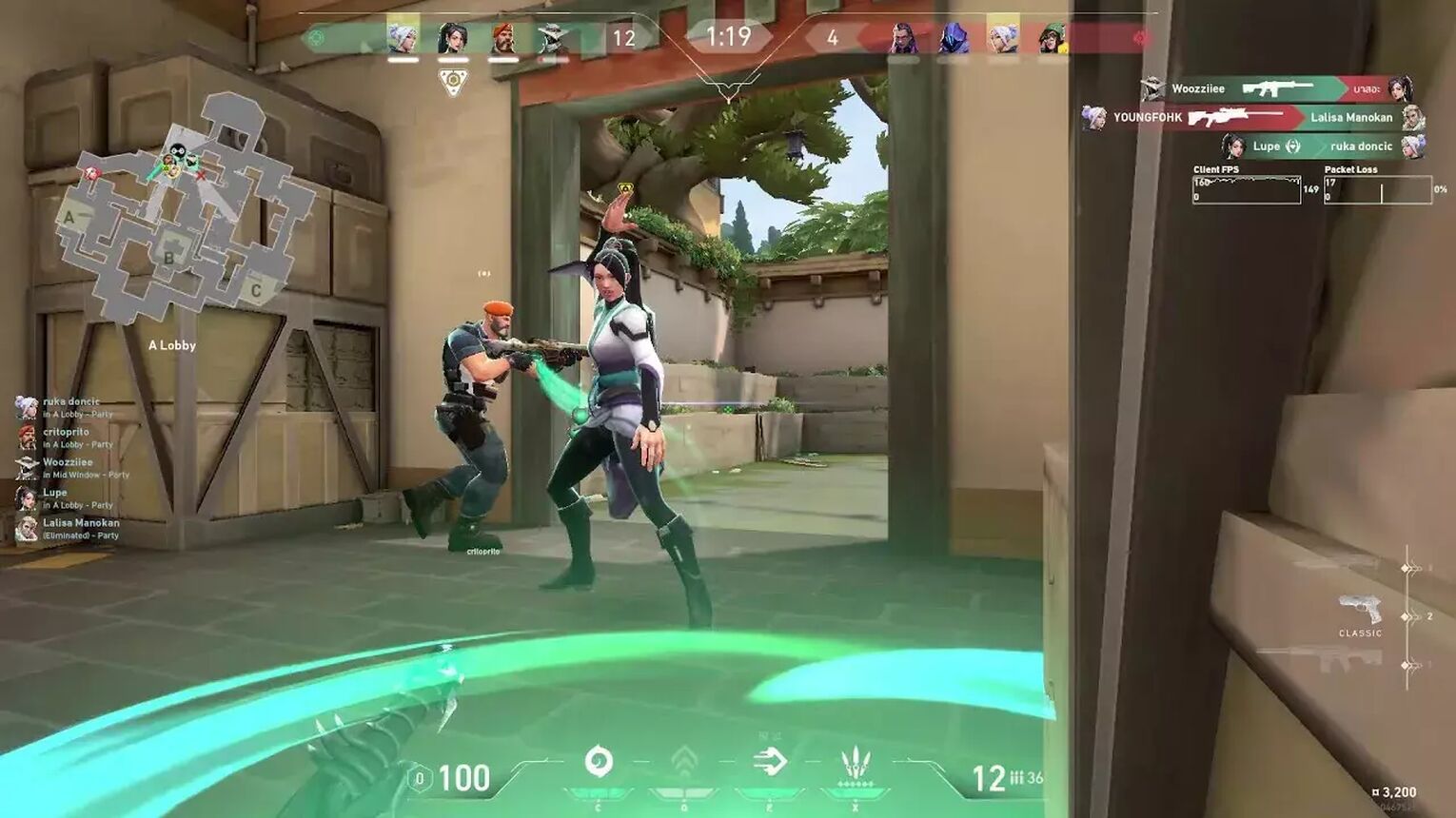
- Sage can be an entry! Because of her Barrier Orb (C), Sage can push onto site and make space for her allies. This also works as the more kills Sage gets- the more she can use her Resurrection (X)!
- Follow your duelists closely when pushing. Your heal could be the difference between them making it onto site alive.
- Prioritise healing allies first. You heal over a longer period of time whereas your allies heal a lot faster- this means that in a fight, your allies will provide more and survive just that little bit longer!
What do you think of Sage? Is she the perfect agent for you to pick up if you have just started playing Valorant?


.svg)


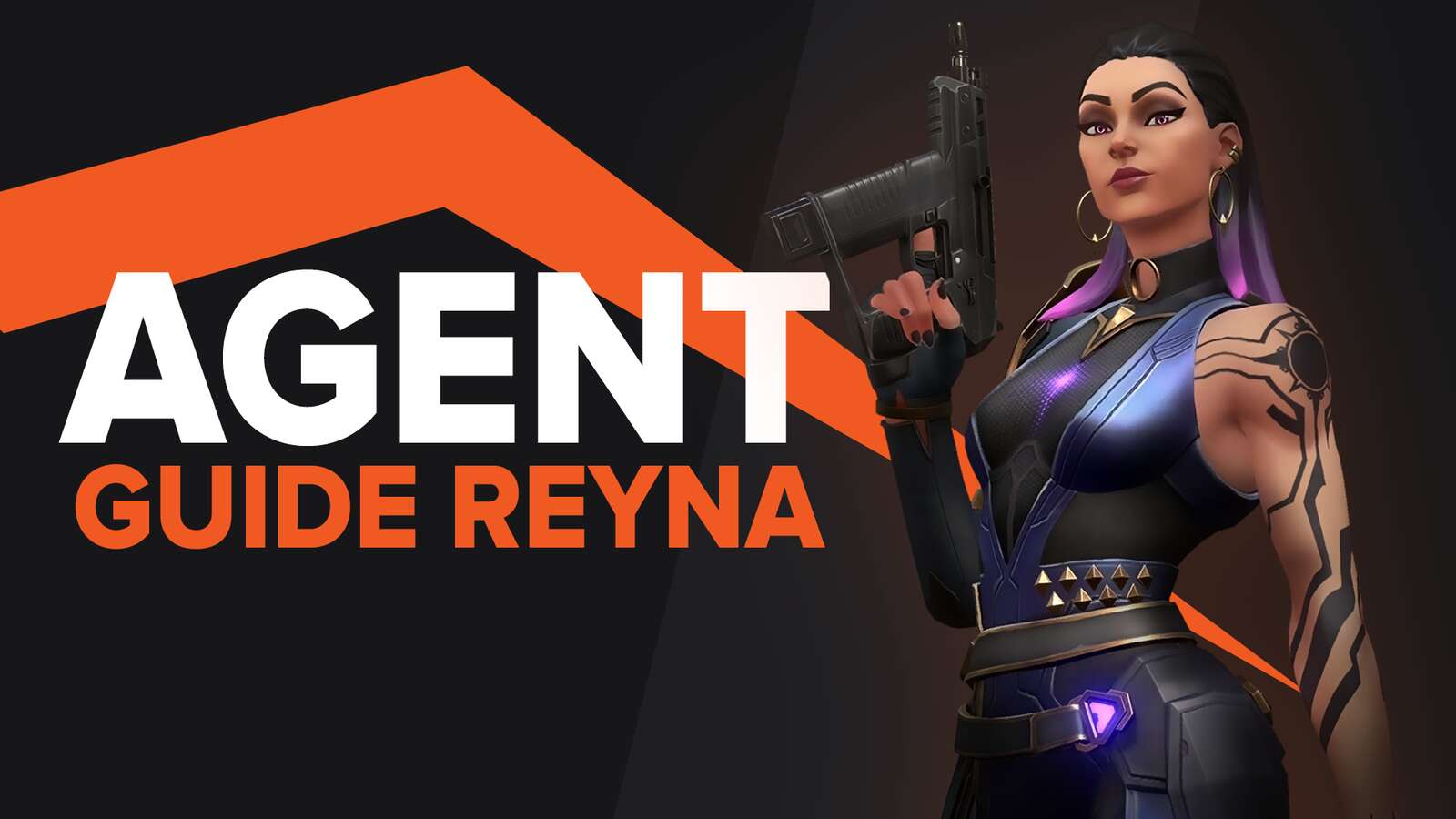
![How To Fix Valorant 1TB File Size Bug [Fast & Easy]](https://theglobalgaming.com/assets/images/_generated/thumbnails/407081/1TB-SIZE-FILE-FIX-VALORANT_03b5a9d7fb07984fa16e839d57c21b54.jpeg)
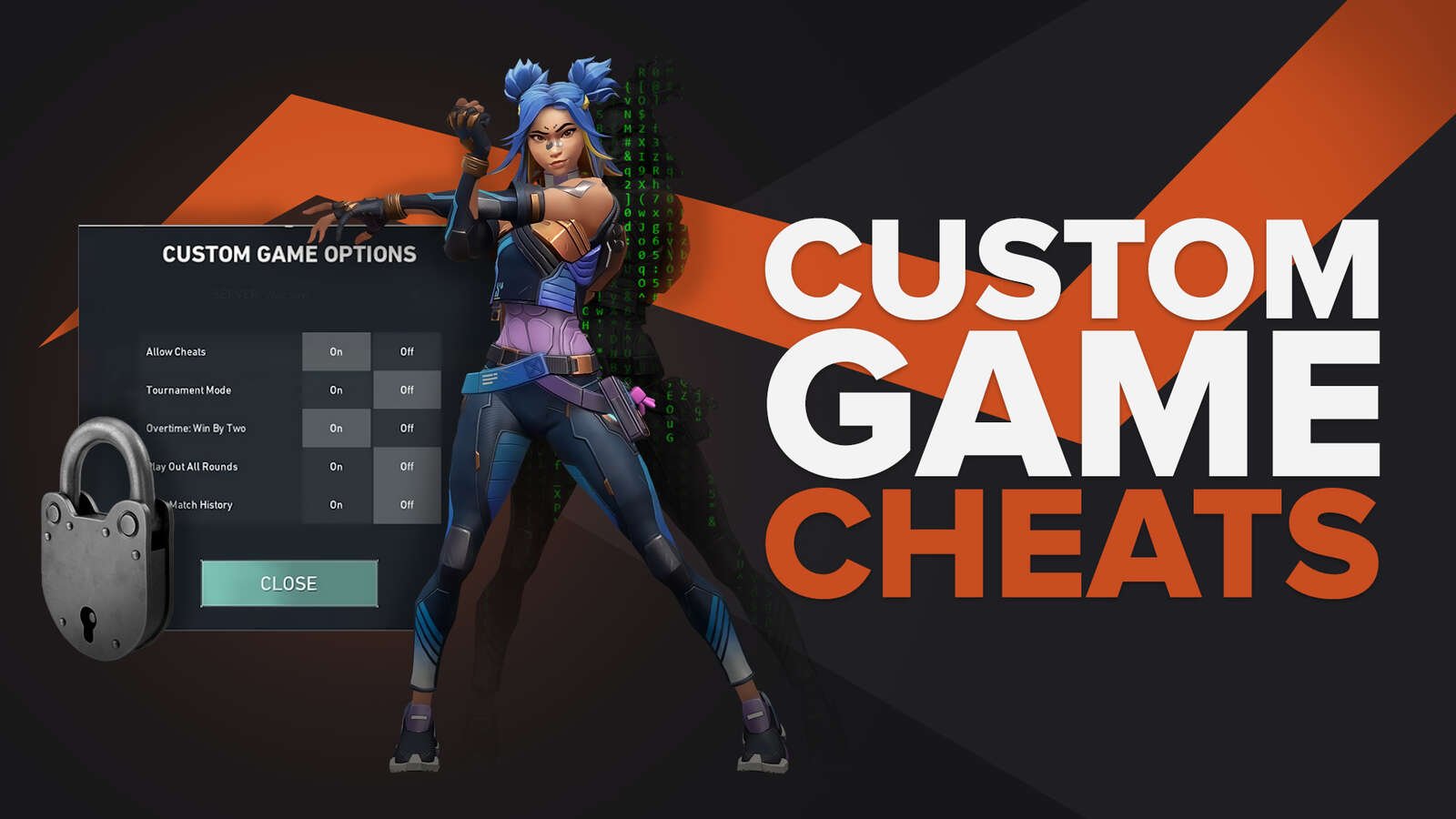
![Best Raze Lineups on Icebox [2024 Guide]](https://theglobalgaming.com/assets/images/_generated/thumbnails/58004/6248e15f44720bcdc407f796_best20raze20lineups20icebox20valorant_03b5a9d7fb07984fa16e839d57c21b54.jpeg)